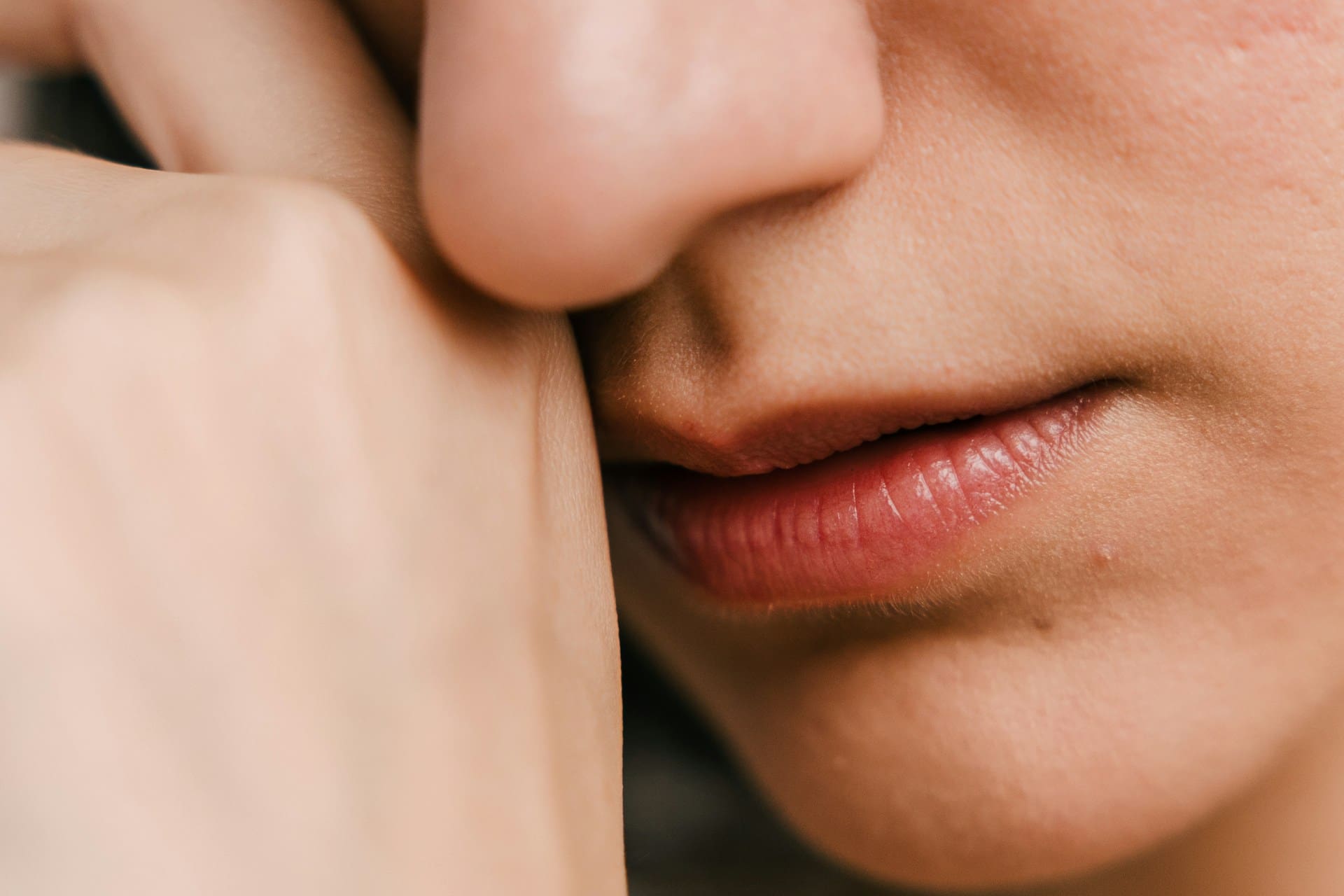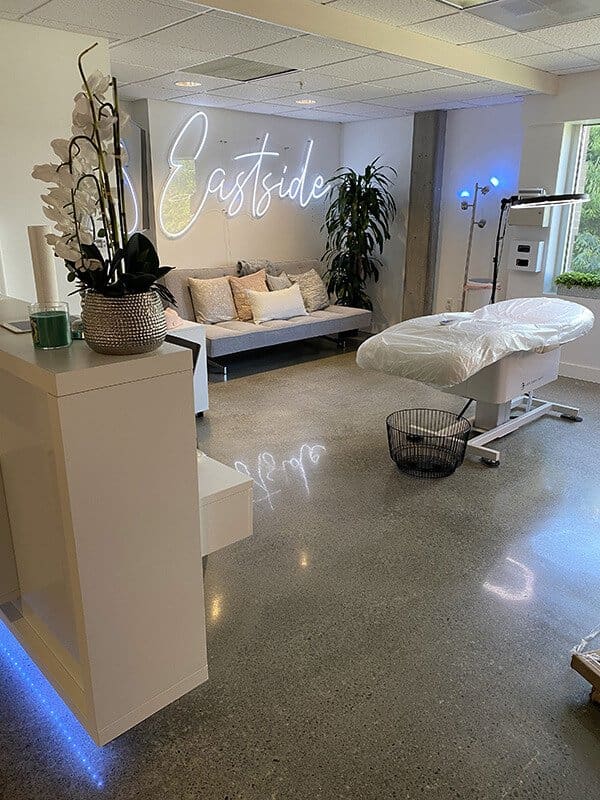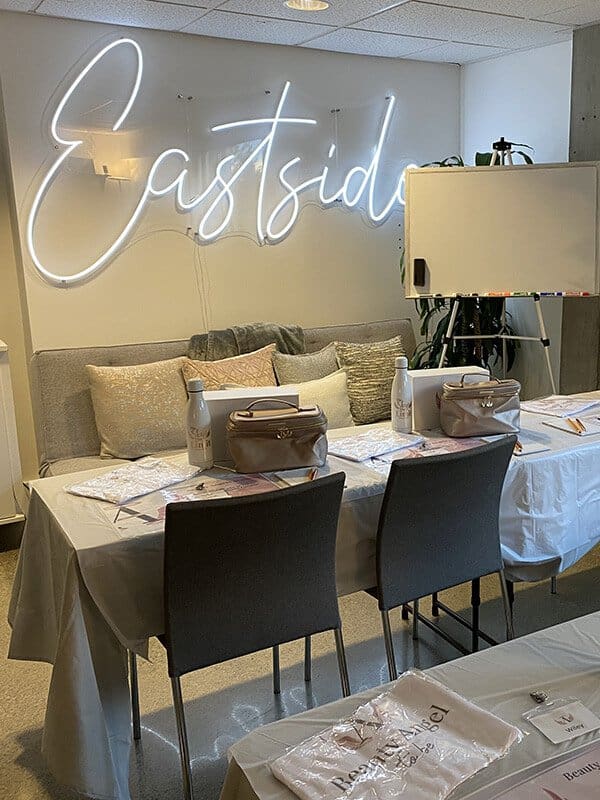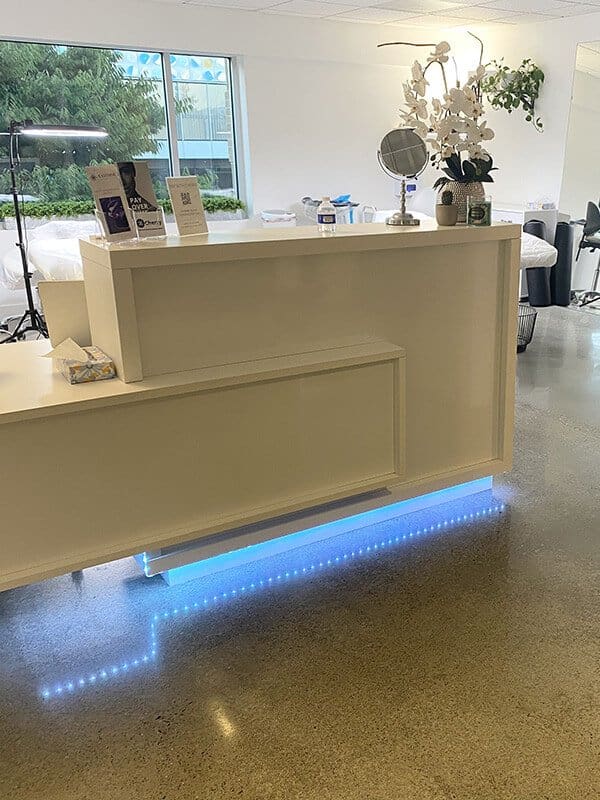Lip blush is a popular form of cosmetic tattooing that adds color and shape to your lips using semi-permanent pigments. It’s a go-to for anyone wanting a more defined lip line or a boost of color without needing lipstick every day. When done well, it can leave your lips looking balanced, fuller, and naturally tinted. The treatment can be subtle or bold, depending on your preference, and healing plays a big role in the final result.
But what happens when your lip blush heals too light? That can be disappointing, especially after putting time, money, and trust into the process. Faded results might not match your expectations, and it’s normal to have questions about why it happened and what to do next. Healing too light doesn’t mean the procedure failed. A few common factors can affect the outcome, and most of them can be fixed or managed with the right steps.
Reasons Why Your Lip Blush Healed Too Light
If your lip blush looks a lot softer or lighter than you expected, don’t panic. There are a few typical reasons this can happen, and most of them are fixable. Here’s a breakdown of what might be going on:
– Inconsistent pigment application: Sometimes the pigment doesn’t sit evenly in the skin, especially if the artist had to go over certain areas lightly or avoid parts of the lips that were sensitive or inflamed.
– Your skin type: Oily or very dry skin can impact how pigment holds. If your lips have a tendency to shed fast or heal unevenly, that could leave the pigment looking lighter or blotchy.
– Healing reaction: Everyone’s skin reacts differently during healing. Scabbing, peeling, or longer healing times can all interfere with how well the pigment sets.
– Medication and lifestyle: Some medications, including those that thin the blood or affect your immune system, can change the way your body heals. Habits like smoking or not drinking enough water may also slow healing or change how pigment settles.
– Aftercare mistakes: Not keeping the area clean and moisturized or picking at scabs can mess with the healing layers. Skipping or misunderstanding aftercare instructions is a common reason for patchy or faded results.
Let’s say someone accidentally wiped their lips too hard with a tissue while they were still healing. It may not seem like a big deal at the moment, but disrupting the surface can cause pigment to lift with the dead skin, leaving that area looking washed out.
If your pigment looks too light, it doesn’t mean you’re stuck with it that way. It usually just means your lips need more time, a touch-up, or some improved aftercare next time around.
Steps To Take When Your Lip Blush Heals Too Light
Once you realize your healed lip blush isn’t as bold or even as you expected, don’t stress. There are a few smart steps you can take to get your lips back on track:
1. Reach out to your artist: Most touch-ups are built into the lip blush process. A follow-up session is often needed to adjust pigment levels or fill in any spots that didn’t hold as well the first time around.
2. Follow proper aftercare guidance: Review the aftercare instructions you were given and ask for clarification if anything seemed unclear. Make sure you’re applying the recommended balm and avoiding unnecessary pressure or contact with the lips.
3. Protect your lips from the sun: Even after healing, too much sun exposure can cause fading. Use a lip balm with SPF if you go outside often, especially in a sunny place like Scottsdale.
4. Keep your lips hydrated: Drink water regularly and use a basic, non-irritating balm to help keep your lips from drying out. Healing skin holds color better in a well-hydrated environment.
5. Consider your daily habits: If you smoke, use strong facial cleansers near your lips, or have frequent exposure to wind or sun, your results might fade faster or heal unevenly.
Being patient is also part of the process. Your lips continue to settle for several weeks after the initial healing takes place. If it’s been less than six weeks, you may notice the pigment slowly becoming more visible as the color resurfaces. Touching base with your artist and staying consistent with care is usually all it takes to bring your results closer to what you imagined.
Prevention Tips for Future Lip Blush Treatments
After experiencing a lighter outcome than anticipated, it’s helpful to know how to avoid similar situations in future lip blush treatments. Making thoughtful choices and taking proactive steps before and after the procedure can lead to much brighter results.
1. Select the right artist: Choosing a skilled and experienced artist is key. Look for someone with a strong portfolio and positive client feedback. Their expertise in pigment selection and application techniques can make a big difference in the final look.
2. Understand aftercare instructions: Before you leave the studio, make sure you understand every aspect of aftercare. Each artist may have their own guidelines, so following them closely helps support better healing and color retention.
3. Stick to a maintenance schedule: A single treatment might not be enough to achieve that perfect look. Regular touch-ups, typically set every 12 to 18 months, can help maintain the vibrancy of the pigment so it stays close to your desired shade.
4. Mind your lifestyle: Sun exposure and certain lifestyle choices can impact how well your lip blush lasts. Using balm with SPF, staying hydrated, and avoiding habits that dry out your lips all help protect the color.
Putting a prevention plan into place and trusting your artist’s experience will go a long way toward better results. If your first treatment healed too light, don’t be discouraged. Most clients find that a second session gets them exactly where they wanted to be.
Keeping Your Lip Blush Looking Perfect
Once you’ve got that perfect lip blush, it’s only natural to want to keep it looking its best for as long as possible. The good news is, with a little ongoing care, you can enjoy beautifully tinted lips without much fuss.
– Ongoing care: Use gentle products on and around your lips. Regular moisturization matters even after the initial healing phase. Choose mild cleansers and continue using hydrating lip balms daily.
– Scheduling touch-up sessions: Treat touch-ups like part of your beauty routine. They bring back color that may have faded and fix any uneven areas that can show up over time.
– Appreciating regular maintenance: Following a maintenance schedule helps prevent the need for a full redo later on. Even small steps like avoiding long sun exposure and not skipping SPF make a difference.
Making these efforts a regular part of your skincare and beauty plan will support the longevity of your lip blush and help maintain its rich tone.
Getting the Best Lip Blush Results in Scottsdale
If you’re local to Scottsdale, you’re in a great spot to get professional help for touch-ups or a full lip blush session. Working with specialists who know how to deliver consistent, natural-looking results makes the whole experience more comfortable, especially if your first result faded more than expected.
At Eastside Microblading Studio, our team focuses on creating results that last and look great through every phase of healing. Whether you’re needing a refresh or it’s your first session, we’ll go through all the steps with you—from choosing the right shade to making sure aftercare is clear and stress-free.
Your lips deserve a look you’re excited to wake up with every day. A lighter healing result isn’t the end of the road. Together, we’ll help you reach the soft tint or bolder color you were originally working toward. With expert care and the right plan, your ideal lip blush look is well within reach.
Discover how a lip blush treatment can enhance your natural beauty and maintain that perfect tint. At Eastside Microblading Studio, we understand the importance of precision and detail. Whether you’re looking to fix a lighter outcome or simply want to enhance your lips, you can trust our expertise. To learn more, explore a lip blush treatment and schedule your appointment in Scottsdale.




